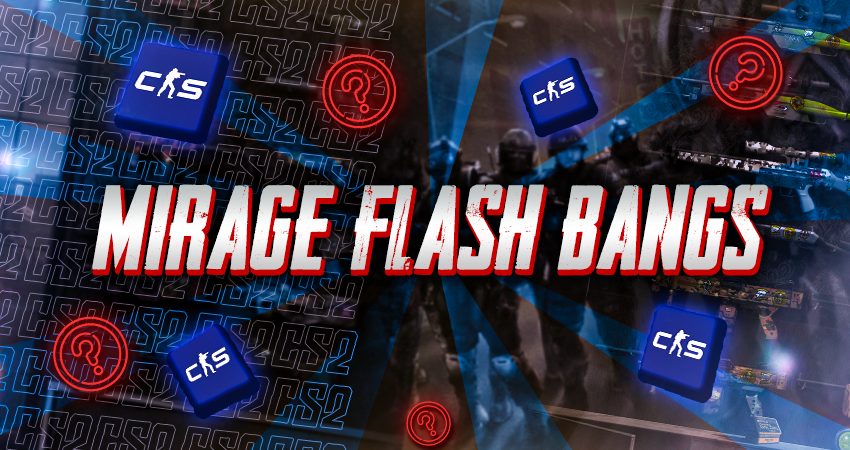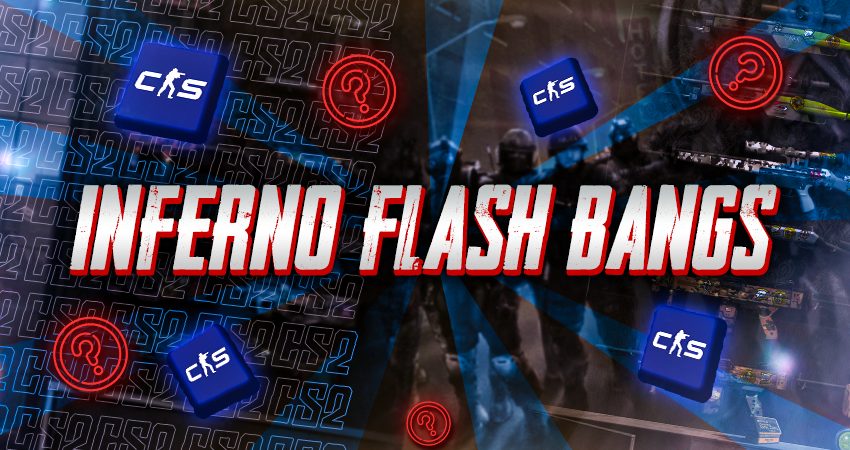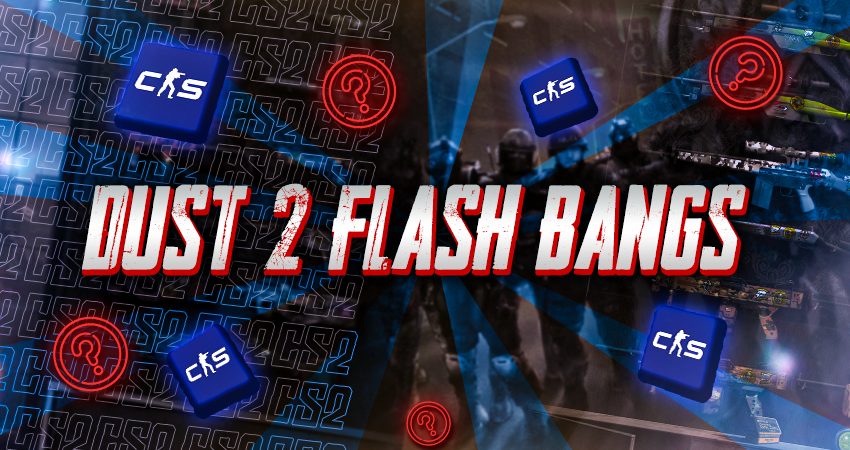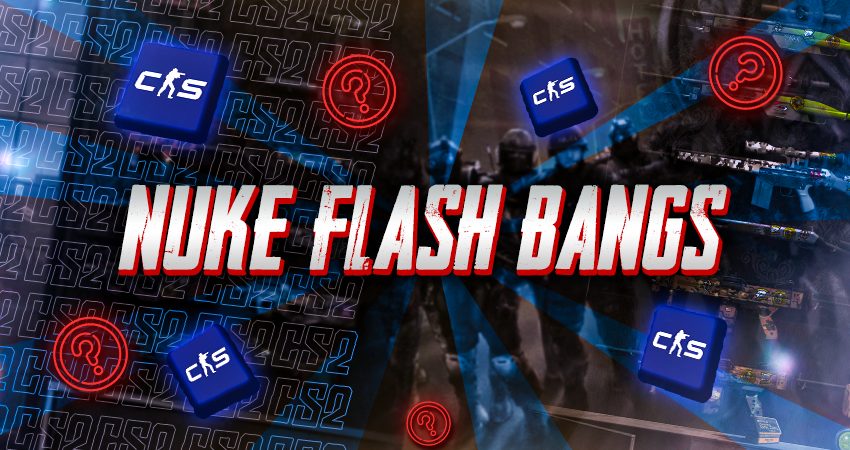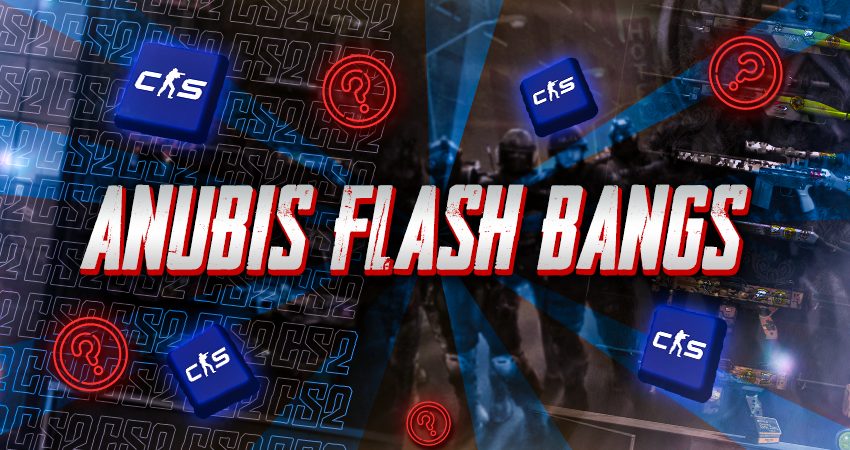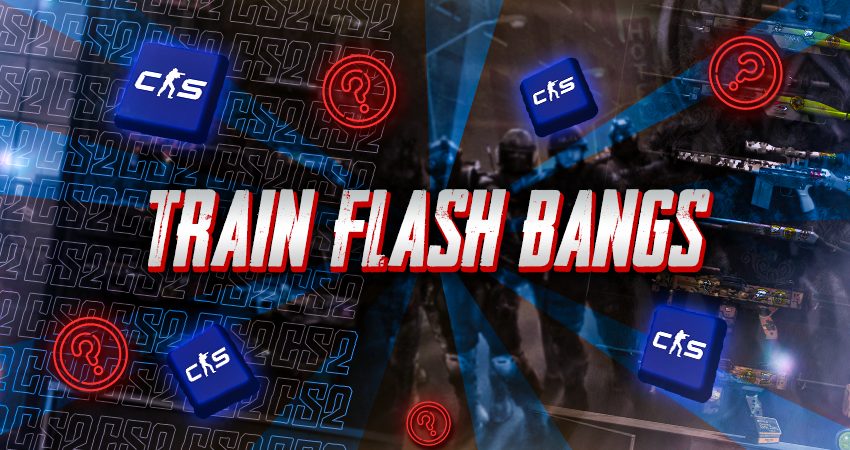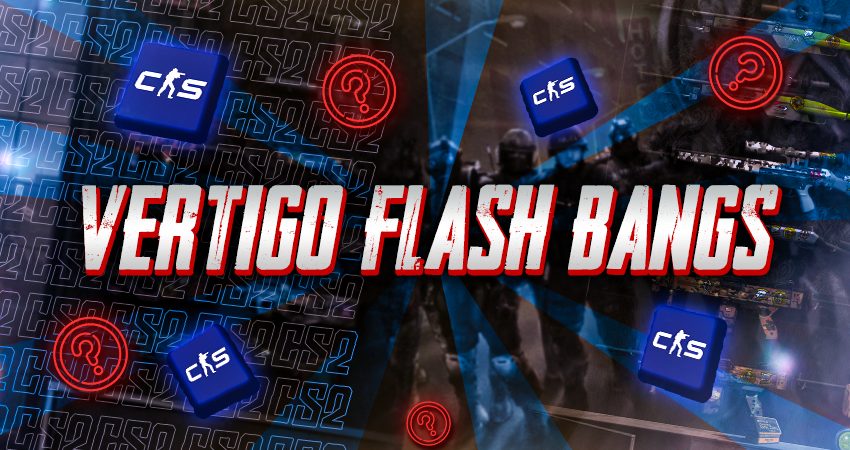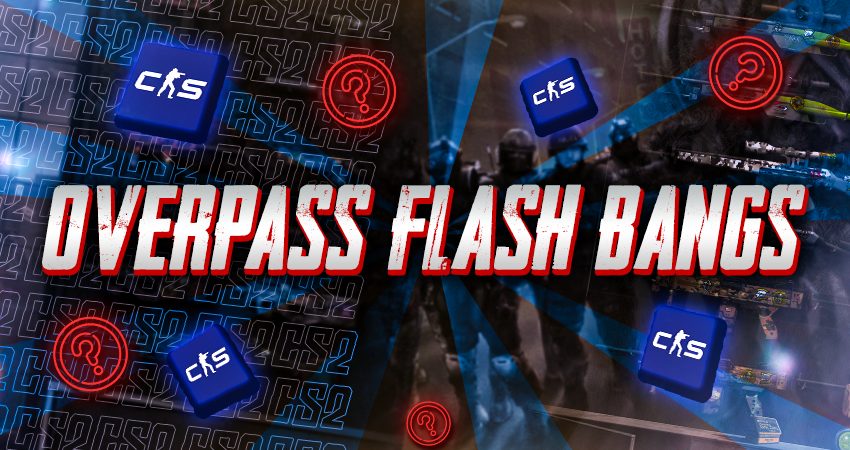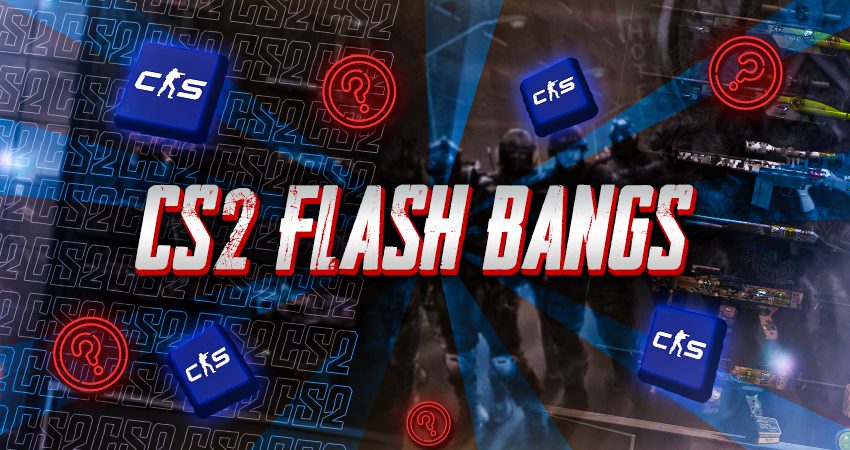
Flashbangs in Counter-Strike 2 are a game-changer when used correctly. They allow players to disorient opponents and gain a tactical advantage in intense situations. This guide focuses on understanding and integrating flashbangs into your gameplay.
What Are Flashbangs in CS2 and What Are They Used For?
Flashbangs in CS2 are tactical grenades designed to disorient enemies without dealing any damage. When detonated, they create a bright flash and loud sound, temporarily blinding and deafening players caught in their effective range. This makes them a key tool for gaining an advantage in gunfights and breaking through defenses.
Price: Flashbangs cost $200 and are available for both Terrorists and Counter-Terrorists.
Effect Duration: A direct flash can blind opponents for up to 3 seconds, while an indirect flash (out of view or behind) lasts 1–2 seconds.
Radius: The flash effect works within a radius of approximately 300 units, with intensity depending on line of sight.

Flashbangs are a key utility item for both offensive and defensive strategies. Their proper use can turn the tide of a round. Here’s how they can be used effectively:
- Breaking Defensive Positions: Flashbangs are ideal for forcing opponents out of strong positions. For example, throwing a flash into a sniper’s angle can make them miss critical shots or retreat, giving your team control over that area.
- Isolating Enemies: A well-placed flashbang can split up enemies, breaking their coordination. Blinded opponents are easy to eliminate, allowing your team to pick them off one by one.
- Clearing Choke Points: Flashbangs allow teams to push through contested areas, such as narrow hallways or doorways. Throwing one before rushing ensures opponents can’t shoot accurately, giving your team an upper hand.
- Wasting Enemy Time: Defenders can delay attackers by using flashbangs to stall pushes. Similarly, attackers can slow down CT rotations after planting the bomb by using flashes to block their approach.
- Defensive Usage: On defense, flashbangs are invaluable for disrupting enemy advances. If you’re holding a site, a flash can give you just enough time to reposition or call for backup.
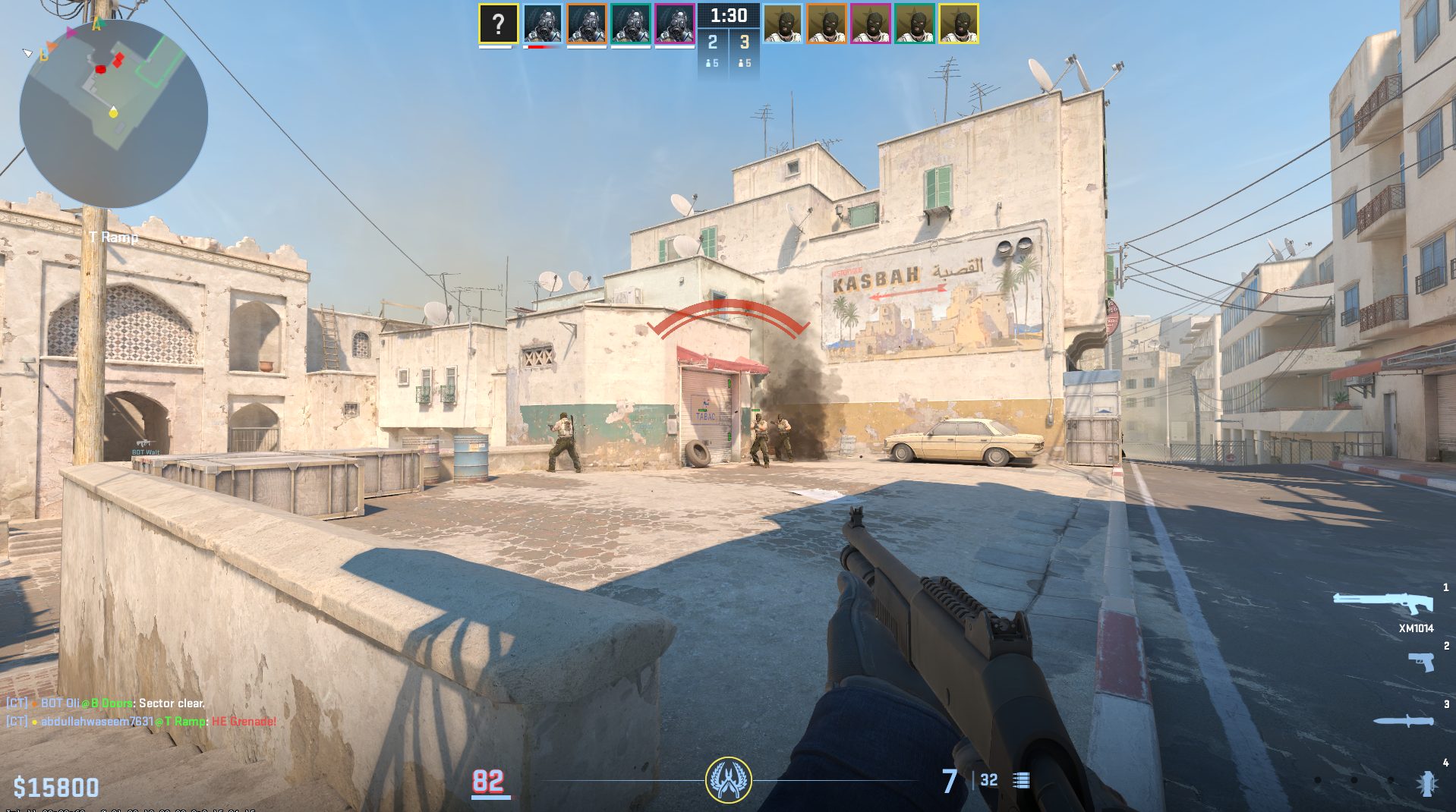
By combining sound strategies and good timing, flashbangs become a powerful utility to control the flow of the game. Whether you’re rushing a bomb site or holding a crucial angle, knowing how and when to use them makes all the difference.
Expert Take
“Flashbangs are one of the most effective ways to break defenses and win fights in CS2. A well-timed flash can completely blind opponents, giving you the upper hand before a duel even starts. Whether you’re rushing into a site, taking map control, or forcing an enemy AWPer off an angle, flashbangs are essential for smart play. Focus on throwing them off walls, bouncing them around corners, and coordinating with teammates to maximize their impact.” – Pawel ‘Biegan’ Bieganowski
Learning CS2 Flashbangs
Getting good at using flashbangs in CS2 takes practice, map knowledge, and understanding how they work. Throwing them randomly won’t help—you need proper timing and technique to make them effective.
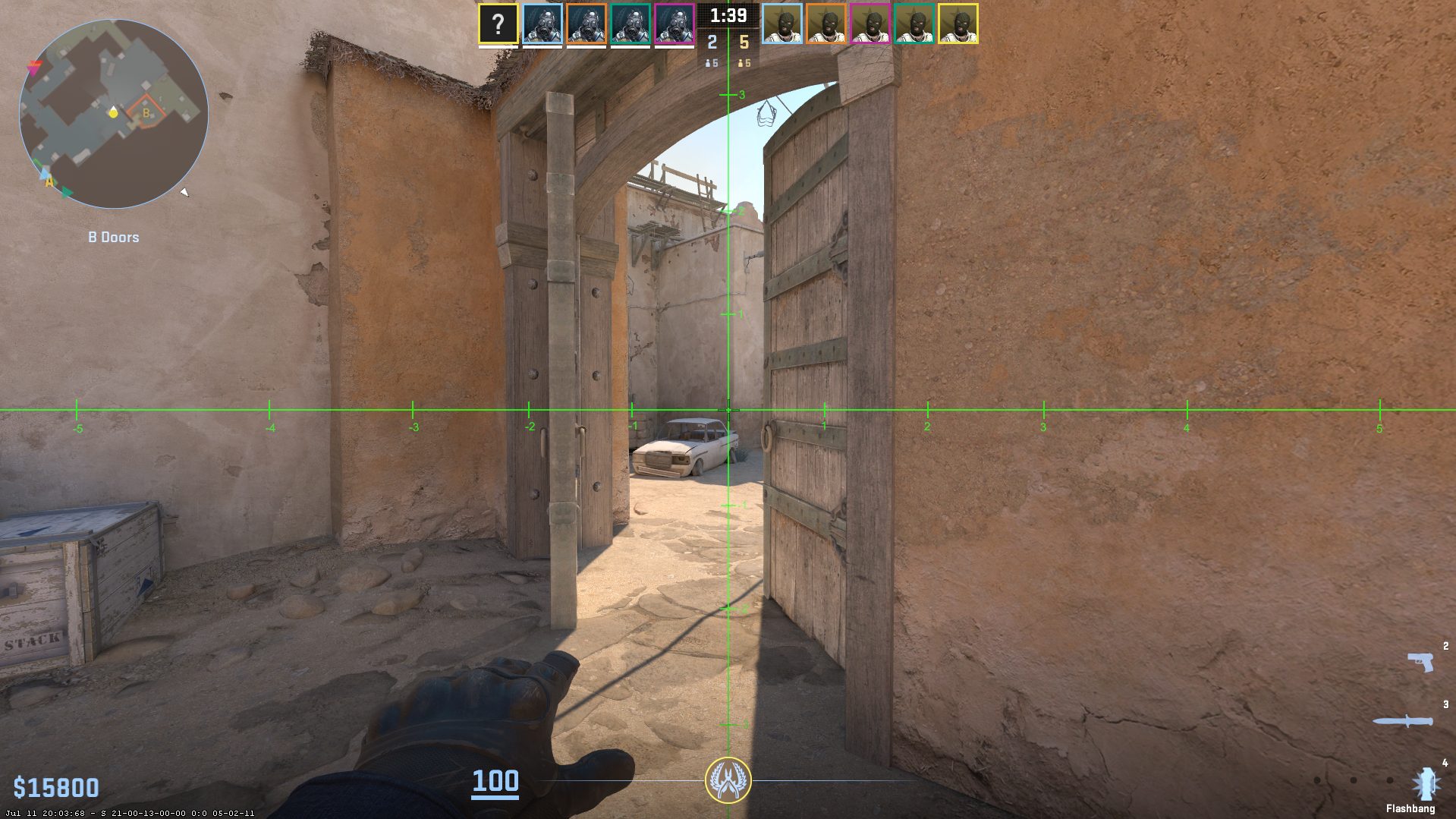
There are different ways to throw flashbangs, each suited for specific situations:
- Standard throw: A regular toss for mid-range flashes.
- Underhand throw: Perfect for tight spaces or when flashing nearby enemies.
- Jump throw: Adds more range and changes the grenade’s arc for hard-to-reach spots.
- Bounce throws: Using walls or objects to redirect the grenade into tricky areas.
Flashbangs temporarily blind and disorient enemies. A direct flash will fully blind opponents for the maximum duration, while indirect flashes (when opponents aren’t facing the explosion) reduce their vision but don’t leave them entirely helpless.
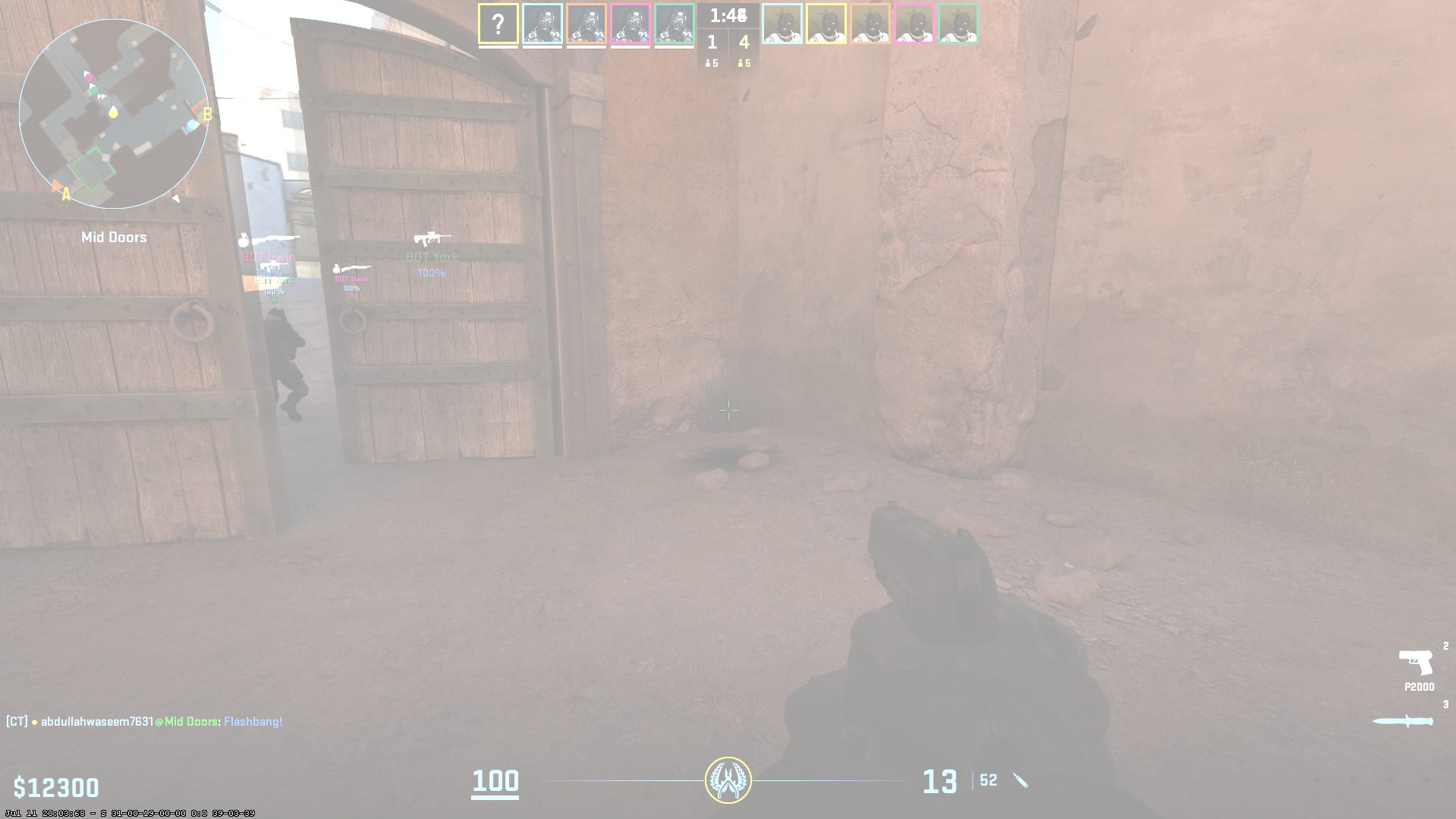
Each map in CS2 requires different tactics for flashbangs. Below, you’ll find detailed guides to learn the best flashbang spots and strategies for every popular map.
Join Our CS2 Pro Course
Conclusion
Flashbangs might not deal direct damage like Molotovs or create cover like smokes, but they are a essential utility in CS2. When timed and placed correctly, they can disorient enemies, break defensive setups, and give your team a much-needed advantage in critical moments. Learning to use flashbangs effectively is a must for any player looking to improve their tactical gameplay.
